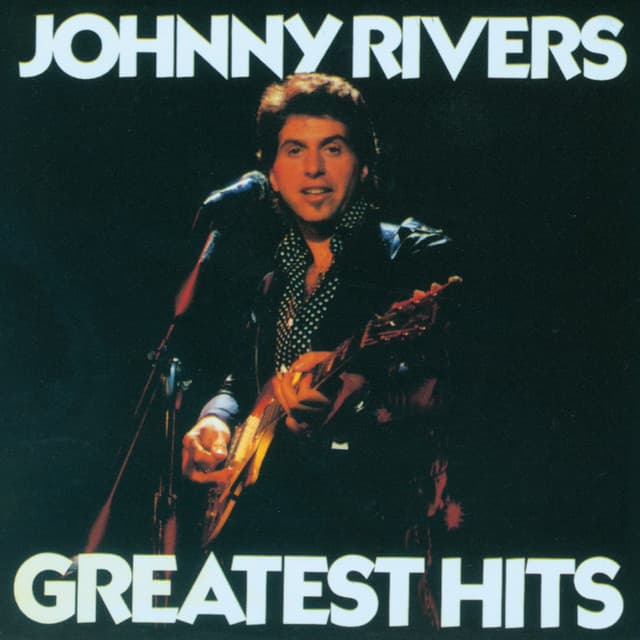
A Glimmer of Hope Amidst Urban Despair: When a Song Painted a Portrait of Love Across the Tracks.
“Poor Side of Town,” a soulful and evocative ballad that painted a vivid picture of love struggling against the harsh realities of social division, became a defining moment for an artist known for his versatility and raw emotional delivery. This 1966 single by Johnny Rivers soared to number one on the Billboard Hot 100, demonstrating its immediate impact and the poignant resonance of its narrative. It’s a song that grapples with the universal yearning for connection, the bittersweet struggle to maintain love in the face of economic disparity, and the quiet dignity of those who find beauty in the margins of society. It’s a song that transforms a personal story into a timeless exploration of social divide.
Imagine a street corner bathed in the harsh glow of a streetlight, the air thick with the sounds of urban decay. Johnny Rivers, his voice a blend of soulful grit and tender vulnerability, delivers a performance that’s both intimate and grand. He sings of a love that transcends the boundaries of social class, a romance forged in the shadows of poverty, where dreams are often overshadowed by the stark realities of survival. The song, co-written by Lou Adler and Rivers himself, wasn’t just a pop hit; it was a social commentary, a raw and honest portrayal of a world often ignored by the mainstream. His performance, featured on the album also titled “Poor Side of Town,” became a defining moment in his career, a testament to his ability to convey complex emotions with a simple, direct delivery.
The song’s genesis, within the context of the mid-1960s, marked a period of social unrest and cultural change. It was a time when artists were beginning to explore the darker corners of the human experience, to confront the inequalities and injustices that plagued society. Johnny Rivers, with his soulful voice and raw emotional delivery, captured the essence of this shift, transforming a simple love song into a poignant commentary on social division. He wasn’t just singing about a romantic relationship; he was singing about the struggle for dignity and the enduring power of love in the face of adversity.
For those of us who remember those days, “Poor Side of Town” evokes a sense of raw realism, a yearning for a time when music served as a voice for the marginalized and forgotten. It was a time when artists weren’t afraid to confront the uncomfortable truths of society, to shed light on the struggles of those living on the fringes. Rivers’s performance, with its soulful delivery and poignant lyrics, offered a moment of shared empathy, a sense of collective understanding. It was a song that spoke to the deepest longings of the human heart, the desire for connection, for equality, and for a love that could transcend the boundaries of social class.
The song’s enduring appeal lies in its timeless message of love and social commentary. It’s a reminder that even in a world often divided by wealth and privilege, the human desire for connection remains universal. It’s a song that transcends generations, speaking to the ongoing struggle for equality and the enduring power of love to bridge the gaps that divide us. And even today, decades later, “Poor Side of Town” retains its power to move and inspire, its soulful melody and heartfelt lyrics offering a moment of quiet reflection, a moment of shared vulnerability. It’s a testament to the power of music to tell stories, a reminder that sometimes, the most profound emotions are expressed through a simple, honest narrative. It’s a song that serves as a poignant reminder that love can bloom even in the harshest of environments, a testament to the resilience of the human spirit.